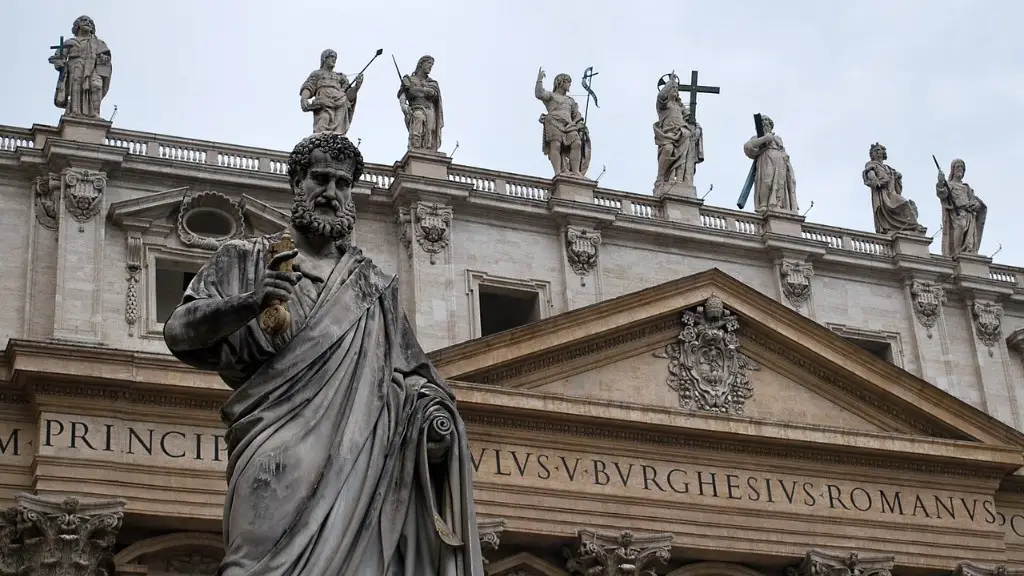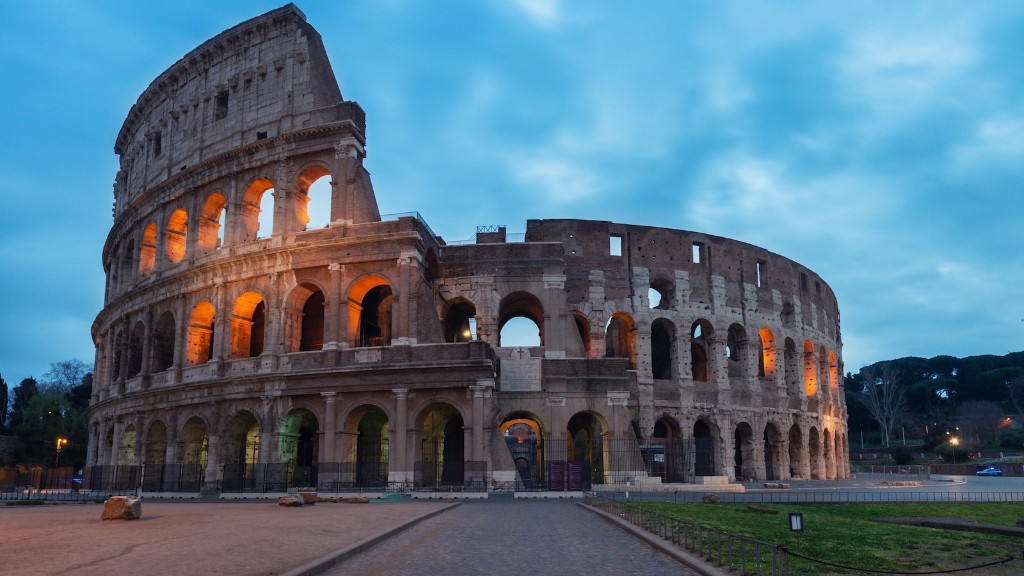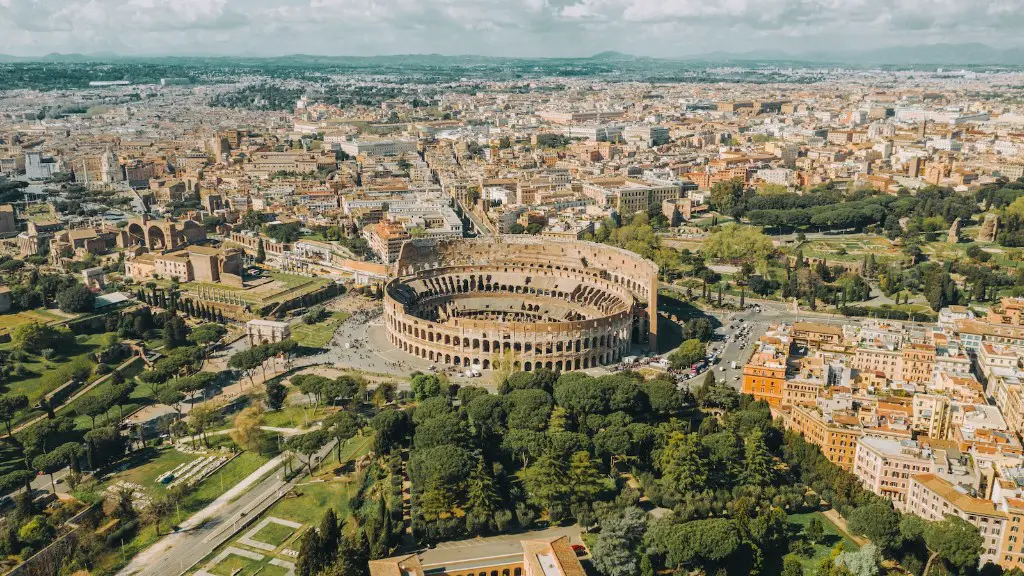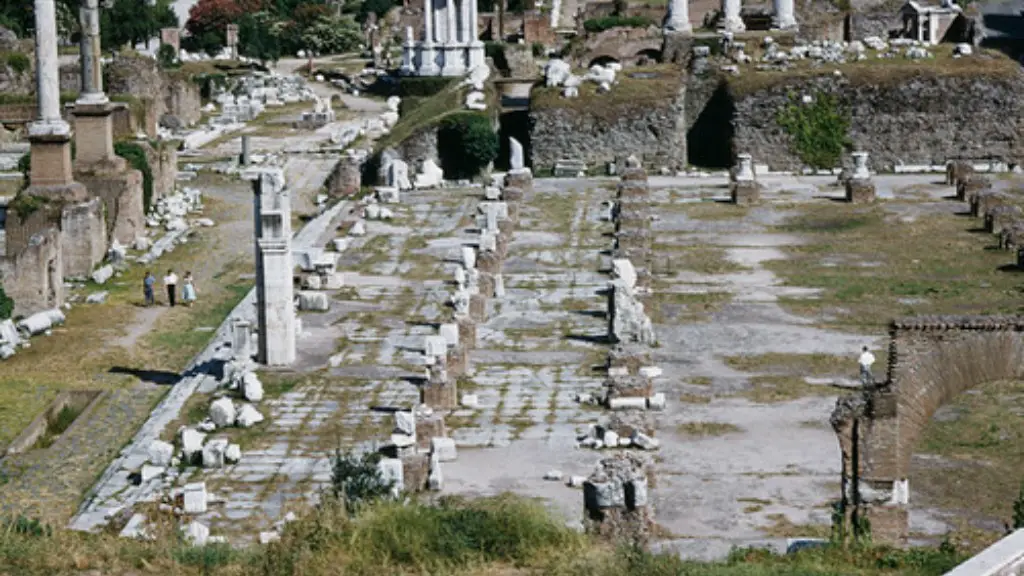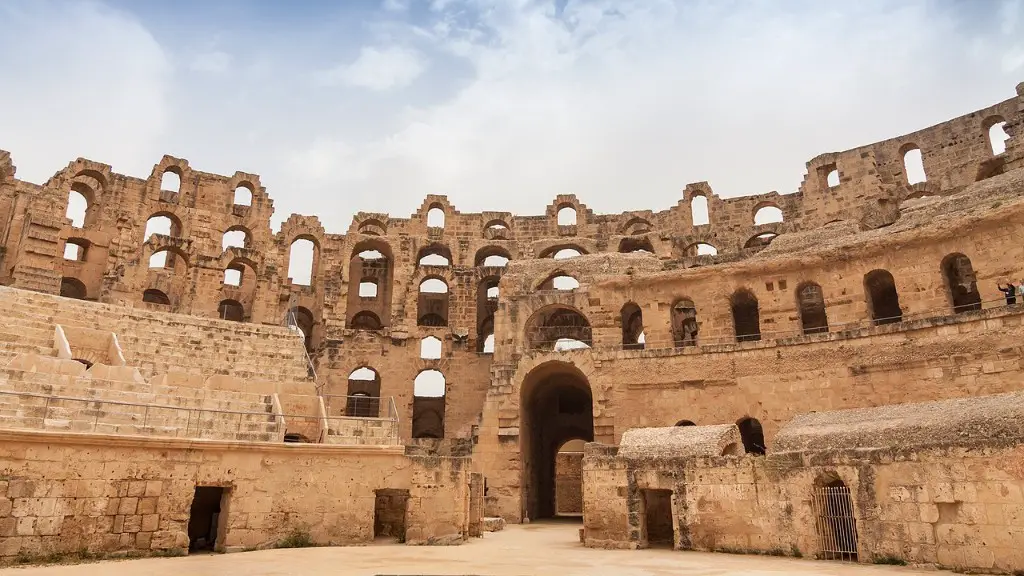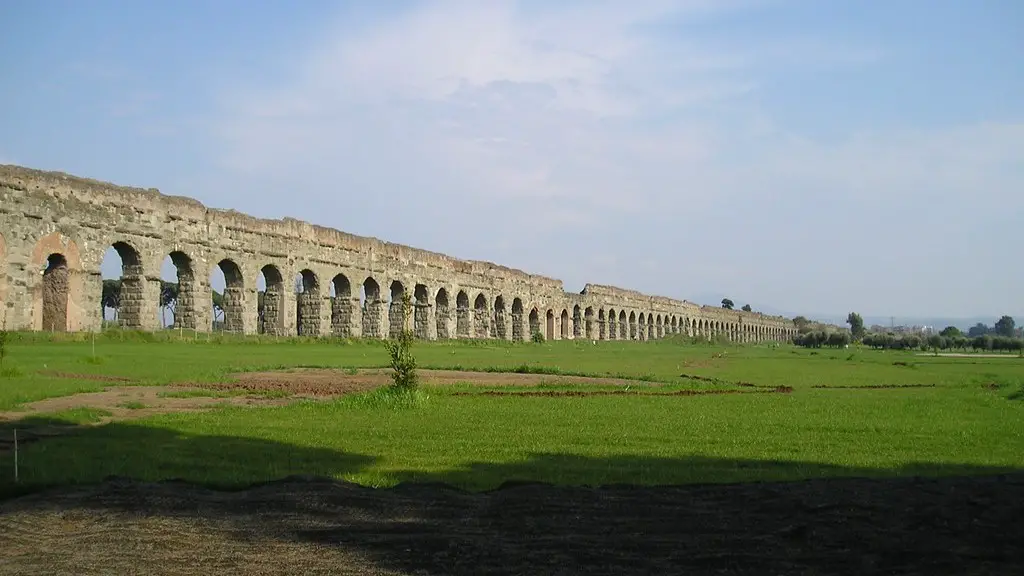A republic is a form of government in which the head of state is not a monarch, and the government is usually a representative democracy. The ancient Romans used the term republia to describe their state, which was a mix of a monarchy, oligarchy, and democracy. Rome was not a pure democracy, as only certain groups of citizens had the right to vote and hold office. However, it was a republic in that the people had some say in the government, and the government was not responsible to a single ruler.
In a republic, the people elect representatives to govern on their behalf, whereas in a democracy the people govern directly. Republics tend to be more stable and efficient than democracies, which can often devolve into chaos. Ancient Rome was a republic, and it was one of the most successful and long-lived empires in history.
Was ancient Rome a democracy or republic?
The Roman Republic was founded in 509 BCE after the last Etruscan king that ruled Rome was overthrown. Rome’s next government served as a representative democracy in the form of a republic. The Roman Republic lasted until the end of the Roman Empire in 476 CE.
The Roman constitution granted a lot of power to the people, but the vast majority of the population had little to no influence on legislation. They could only select leaders from a very small aristocratic caste. This meant that the vast majority of the population had limited ability to exercise the powers afforded to them by the constitution.
How was democracy in ancient Rome different from in ancient Greece
The Roman Republic was an elected oligarchy, in contrast to the Athenian democracy. While the people had a say in government in Athens, in Rome, political power was firmly in the hands of the wealthy aristocrats. This is not to say that the Roman Republic was not a democratic system, but rather that it was not as democratic as the Athenian system.
In a direct democracy, the citizens of a country vote directly on laws, whereas in a representative democracy, the citizens vote for representatives who then create laws for them. While the Roman Republic was a direct democracy, the United States is a representative democracy. There are pros and cons to both systems, but the main difference is that in a direct democracy, the people have more power to directly shape the laws of their country, while in a representative democracy, the power is more centralized in the hands of the representatives.
What is a republic vs a democracy?
A republic is a state in which supreme power is held by the people and their elected representatives, and which has an elected or nominated president rather than a monarch.
A democracy is a system of government by the whole population or all the eligible members of a state, typically through elected representatives.
Both systems of government have their pros and cons, but ultimately it is up to the people to decide which system of government they want to live under.
The Roman Republic was a democracy. Its government consisted of the Senate and four assemblies: the Comitia Curiata, the Comitia Centuriata, the Concilium Plebis, and the Comitia Tributa. The Roman Republic was not a direct democracy like Athens, but it did have democratic elements. For example, all male citizens could vote in the assemblies, and the assemblies could pass laws.
Why did democracy fail in ancient Rome?
The fall of the Roman Republic was caused by a number of factors, including economic problems, government corruption, crime and private armies. The rise of Julius Caesar as emperor was the final straw that led to its eventual fall in 27 BCE.
The Roman Republic was a political system that was in place in Ancient Rome from around the time of the city’s founding in 753 BCE to the time of the Roman Empire in 27 BCE. The Republic was characterized by a number of features, including a collective magistracy and an annual election process. The two consuls were the top magistrates in the Republic and had a wide range of executive, legislative, judicial, military, and religious powers.
How did the Roman Republic work
The Roman political system was designed to prevent any one person or group from having too much power. Two consuls were elected each year, and each had the power to veto the other’s decisions. If the consuls couldn’t agree, then nothing could happen. Every five years, two censors were elected. The censors were responsible for maintaining the public records and for ensuring that everyone paid their taxes. This was a job normally given to an older, experienced politician who had been through the system.
The Roman Republic became more democratic over time as the plebeians gained more political freedoms and privileges. The most significant democratic reform was the establishment of the tribunate, which gave plebeians a say in the legislative process. Other democratic reforms included the right to vote, the right to run for office, and the right to join the Roman army.
Who could vote in the Roman Republic?
It is interesting to note that even in the early days of the Republic, voting for most offices was open to all full Roman citizens, a group that excluded women, slaves and originally those living outside of Rome. This would have meant that the electorate would have been quite small, but as Rome grew it expanded. It is interesting to think about how different things might be today if women and slaves had been included in the voting process from the beginning.
There is no doubt that the Roman Empire had a profound impact on the development of democracy. However, it is important to remember that the roots of democracy can be traced back to the city-state of Athens in ancient Greece. The Athenian democracy was established around 508 BC, with the reforms of Cleisthenes. This type of government allowed for more participation by the populace in the decision-making process. The Roman Empire, on the other hand, did not really begin until 27 BC, when Augustus Caesar became the first emperor. While the Roman Empire did help to spread the ideals of democracy, it was not the first to implement them.
What is the main difference between a republic and a democracy quizlet
In a democracy, people vote for their representatives directly. In a republic, people elect their representatives indirectly.
There are several key differences between the Roman Republic and the Roman Empire. The Roman Republic was a democracy while the Roman Empire was ruled by a single man. The Roman Republic was also constantly at war, while the Roman Empire’s first 200 years were much more peaceful. Finally, the Roman Republic was founded on the idea of the rule of law, while the Roman Empire was more concerned with the idea of the rule of power.
How was the Roman Republic similar to and different from US government?
The United States Constitution was based off the Roman Republic’s government. The three branches of government, executive, legislative, and judicial, were all similar in how they were set up. The main difference between the two governments is that the Roman Republic did not have a constitution.
There are two key differences between democracies and republics: the limits placed on government by law, and the implications for minority rights. In a democracy, the government is limited by the law and the rights of the people are protected. In a republic, the government is not limited by the law and the rights of the people are not protected. This means that the government in a republic can make decisions that go against the wishes of the people, and that minority rights are not guaranteed.
What is republic in simple words
A republic is a form of government in which a state is ruled by representatives of the citizen body. Modern republics are founded on the idea that sovereignty rests with the people, though who is included and excluded from the category of the people has varied across history.
The Roman army was highly trained and disciplined, making it one of the key reasons for Rome’s success. With their success in war, the empire was able to expand its control over 3 separate continents including Asia, Africa, and most of Europe.
Final Words
A republic is a form of government in which a state is governed by representation of the citizenry through elected officials, and laws are created and decided upon by a group of representatives rather than by the people themselves. Ancient Rome was a republic. A democracy, on the other hand, is a form of government in which the people themselves exercise power directly or indirectly through elected representatives.
A republic is a country governed by elected officials who represent the citizenry. A democracy is a country governed by the people, who vote directly on laws and policies. Ancient Rome was a republic, ruled by elected officials.
